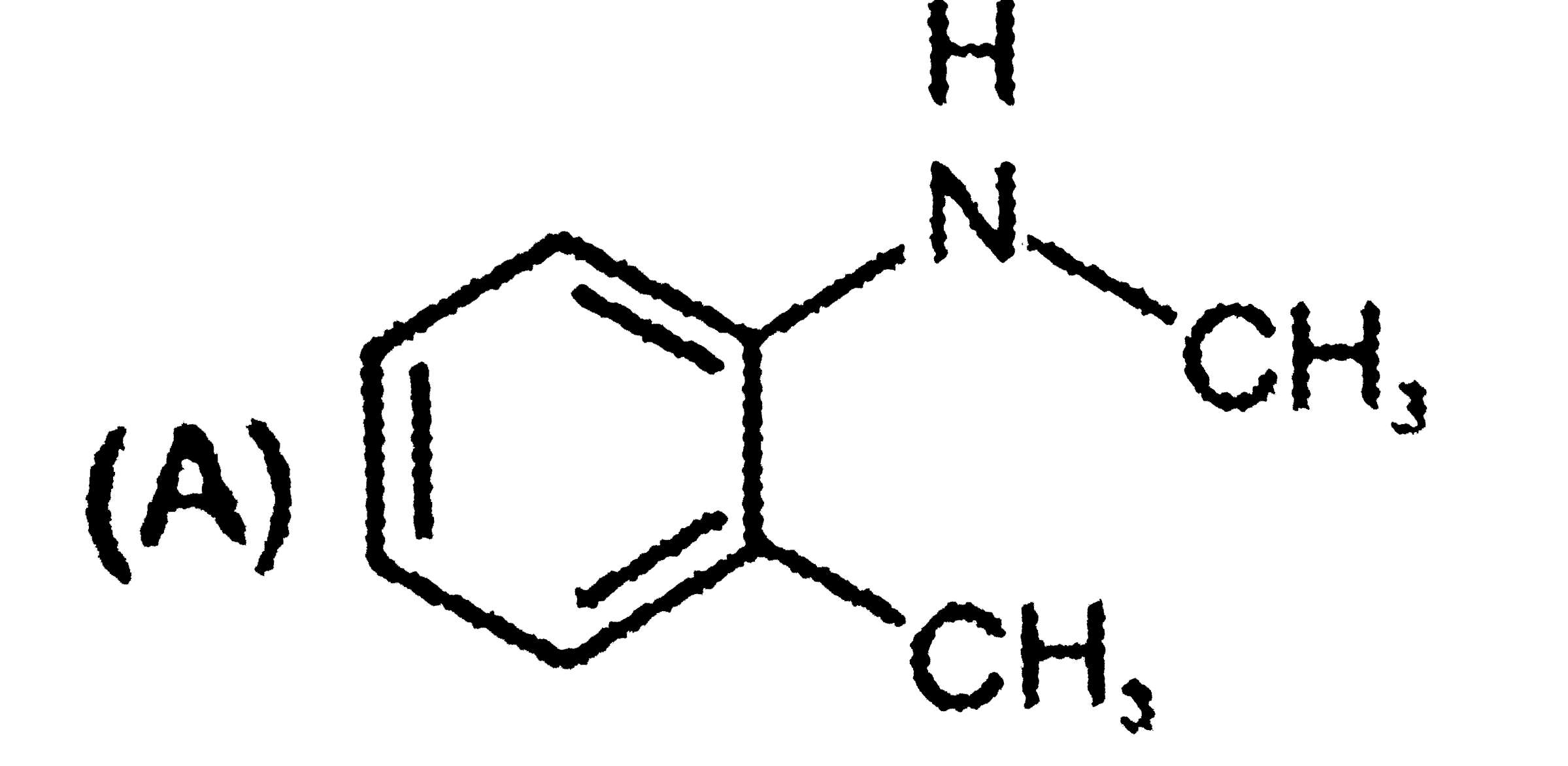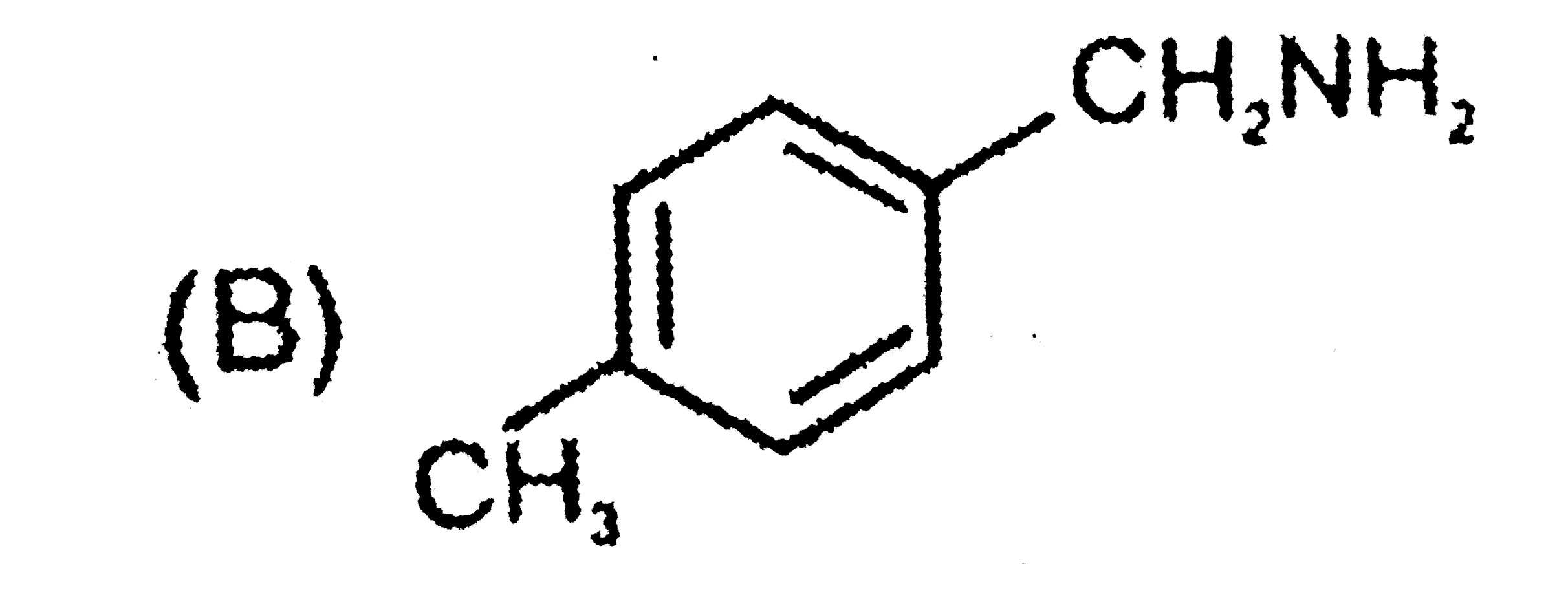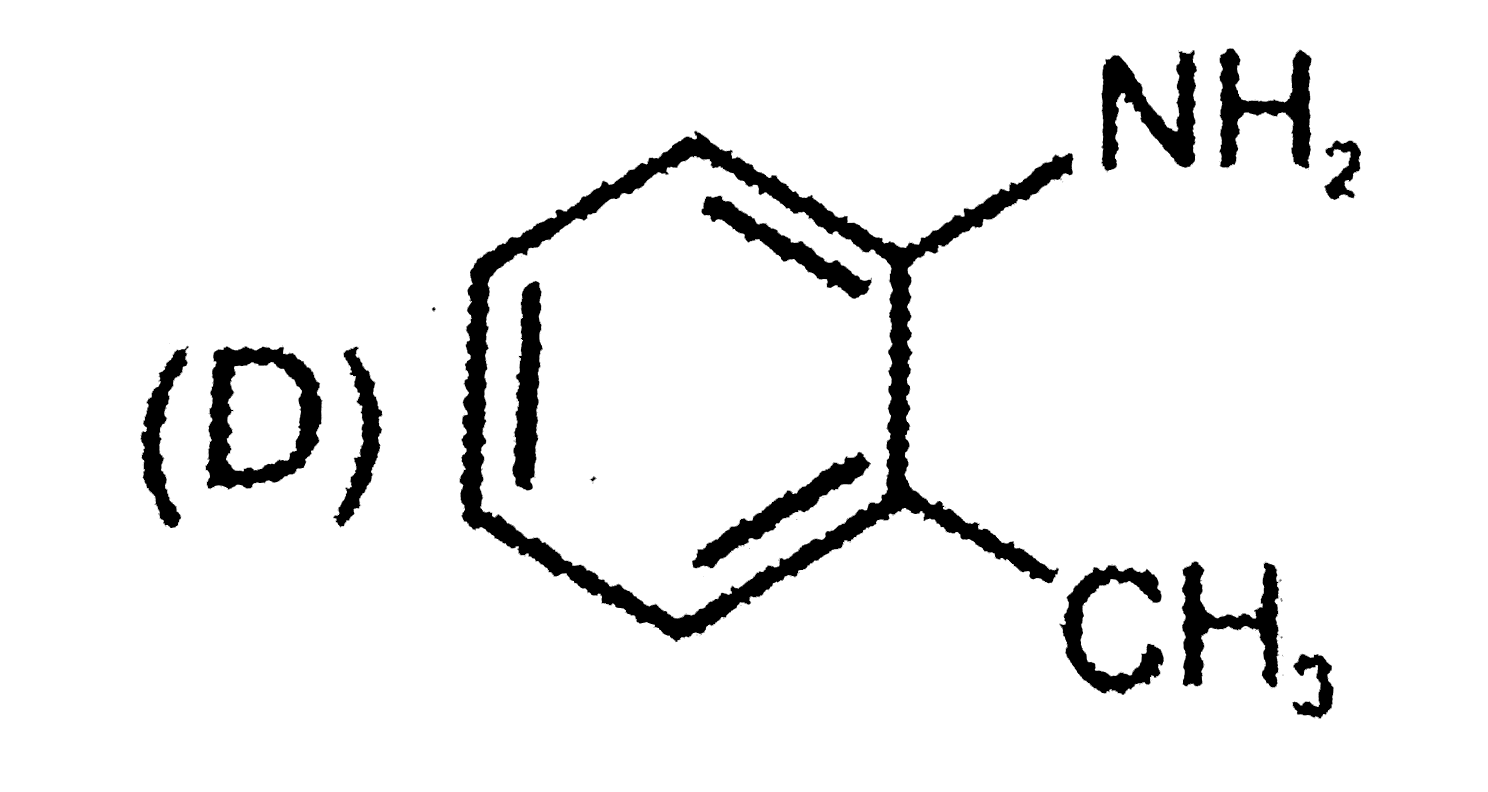Classify the following as amorphous or crystalline solids: polyurethane, naphtalene, benzoic acid, teflon, potassium nitrate, cellophane, polyvinyl chloride, fibre glass, copper.
Amorphous solids. Polyurethane, teflon. cellophane, polyvinyl chloride, fibre glass.
Crystalline solids. Benzoic acid, potassium nitrate, copper
Topper's Solved these Questions
- STATES OF MATTER: SOLID MATTERBOOK - PRADEEPCHAPTER - STATES OF MATTER: SOLID MATTEREXERCISE - NCERT (EXERCISE)
1 Videos
- STATES OF MATTER: SOLID MATTERBOOK - PRADEEPCHAPTER - STATES OF MATTER: SOLID MATTEREXERCISE - NCERT EXEMPLAR PROBLEMS (MULTIPLE CHOICE- I)
37 Videos
- STATES OF MATTER: SOLID MATTERBOOK - PRADEEPCHAPTER - STATES OF MATTER: SOLID MATTEREXERCISE - CONCEPTUAL
25 Videos
- STATES OF MATTER : GASES AND LIQUIDESBOOK - PRADEEPCHAPTER - STATES OF MATTER : GASES AND LIQUIDESEXERCISE - VIII. ASSERTION-REASON TYPE QUESTIONS (TYPE-II)
12 Videos
- STRUCTURE OF ATOMBOOK - PRADEEPCHAPTER - STRUCTURE OF ATOMEXERCISE - Competition Focus (JEE (Main and Advanced)/Medical Entrance (IX. Assertion And Reason Type Questions (Type II))
12 Videos
Similar Questions
Classify the following as amorphous or crystalline solids: polyurethane, naphtalene, benzoic acid, teflon, potassium nitrate, cellophane, polyvinyl chloride, fibre glass, copper.
View SolutionClassify the following as amorphous or crystalline solids :
Polyurethane, naphthalene, benzoic acid, teflon, potassium nitrate, cellophane, polyvinyl chloride, fibre glass and copper.
View Solution
Knowledge Check
An organic base (X) reacts with nitrous acid at 0∘C to give a clear solution. Heating the solution with KCN and cuprous cyanide followed by continued heating with conc. HCl gives a crystalline solid. Heating this solid with alkaline potassium permanganate gives a compound which dehydrates on heating to a crystalline solid. "X" is :
A B
B C
C D
D
Classify the following as amorphous or crystalline solids: polyurethane, naphtalene, benzoic acid, teflon, potassium nitrate, cellophane, polyvinyl chloride, fibre glass, copper.
View SolutionClassify the following solids into amorphous or crystalline solids.
Bakelite, Platinum , Camphor , Oxalic acid , Melamine formaldehyde, Alum , Neoprene, Sugar , Solid CO2 , Polythene.
View SolutionHow many among the following are purely synthetic polymers?
Nylon, teflon, nucleic acid, bakelite, terylene, polyethylene, wool and polyvinyl chloride.
View SolutionHow do you count for the following observations ?
(a) Though alkaline potassium permanganate and acidic potassium permanganate both are used as oxidants, yet in the manufacture of benzoic acid from toluene we use alcoholic potassium permanganate as an oxidant. Why ? Write a balanced redox equation for the reaction.
(b) When concentrated sulphuric acid is added to an inorganic mixture containing chloride, we get colourless pungent smelling gas HCl, but if the mixture contains bromide then we get red vapour of bromine. Why ?
View SolutionHow do you count for the following observations ?
(a) Though alkaline potassium permanganate and acidic potassium permanganate both are used as oxidants, yet in the manufacture of benzoic acid from toluene we use alcoholic potassium permanganate as an oxidant. Why ? Write a balanced redox equation for the reaction.
(b) When concentrated sulphuric acid is added to an inorganic mixture containing chloride, we get colourless pungent smelling gas HCl, but if the mixture contains bromide then we get red vapour of bromine. Why ?
View SolutionHow do you count for the following observations ?
(a) Though alkaline potassium permanganate and acidic potassium permanganate both are used as oxidants, yet in the manufacture of benzoic acid from toluene we use alcoholic potassium permanganate as an oxidant. Why ? Write a balanced redox equation for the reaction.
(b) When concentrated sulphuric acid is added to an inorganic mixture containing chloride, we get colourless pungent smelling gas HCl, but if the mixture contains bromide then we get red vapour of bromine. Why ?
View SolutionWrite the formulae of salts given below:
Potassium sulphate, sodium sulphate, calcium sulphate, magnesium sulphate, copper sulphate, sodium chloride, sodium nitrate, sodium carbonate, ammonium carbonate and ammonium chloride.
Identify the acids and bases from which the above salts may be obtained .How many families can you identify among these salts?
View Solution
